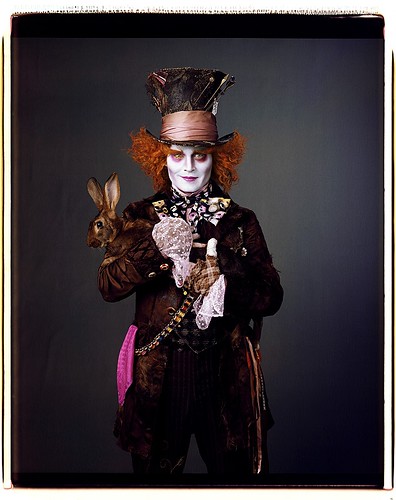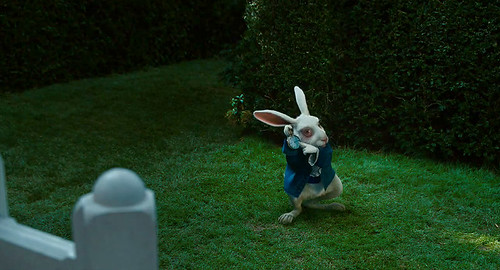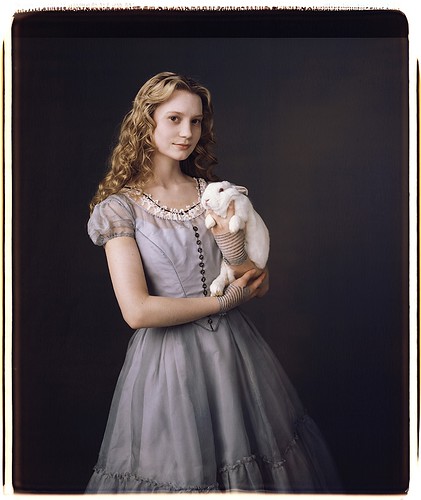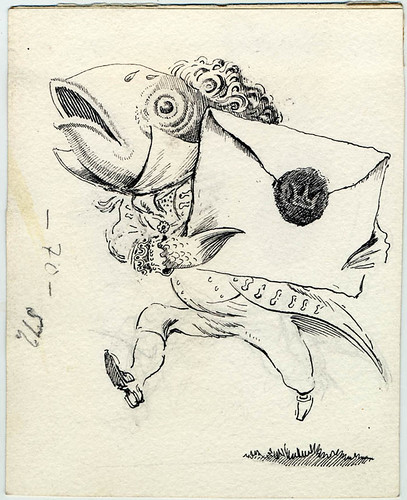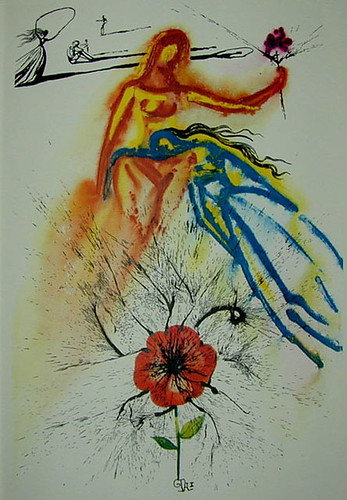Friday, 9:55am
9 April 2010
Peake’s Wonderland
‘And what is the use of a book, without pictures or conversation?’
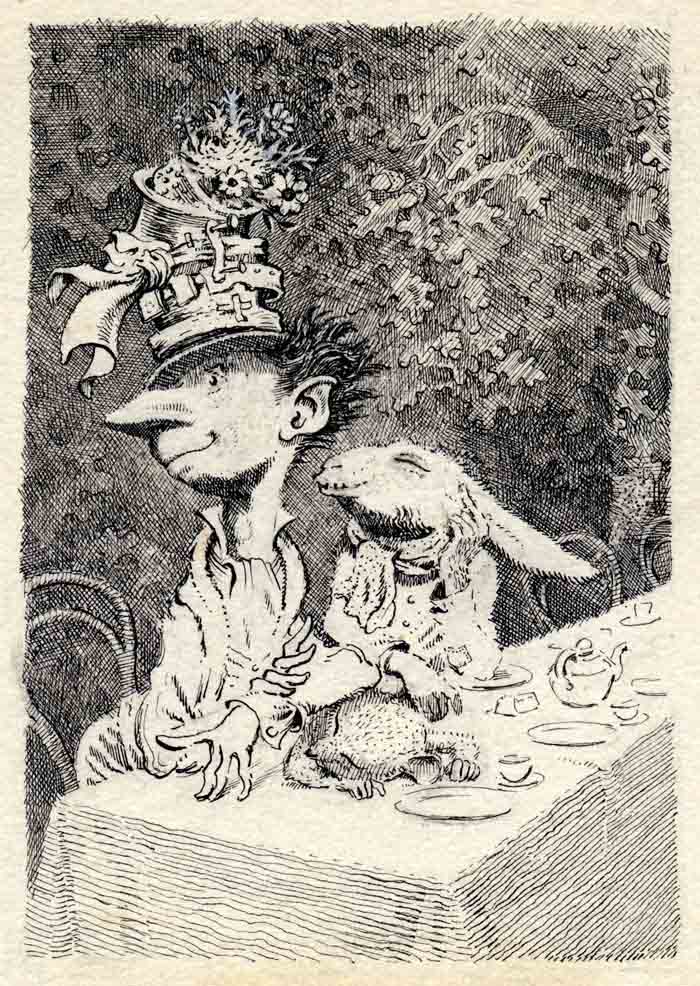
Lewis Carroll’s surreal Alice books have provided endless inspiration for visual reworkings, leaving behind a graphic history as unpredictable and contrary as his protagonist’s trip down the rabbit hole, writes John Ridpath.
Last month, Tim Burton’s Alice in Wonderland saw a star-studded cast gyre and gimble out of cinema screens in 3D, CGI-animated glory. And now, to remind us of a slightly more understated Alice, the British Library have acquired Mervyn Peake’s archive, including his complete set of original drawings for Lewis Carroll’s Alice Through the Looking Glass and Alice in Wonderland.
Top and below: Mad as hatters. Peake’s whimsical charm (1945) vs. Burton’s theatrical Depp (2010).
Above and below: White rabbits.
Above and below: Alice, when she’s ten feet tall.
Below: Peake’s Fish Footman.
Curiouser and curiouser: other takes on the Alice story:
Above: Jan Švankmajer’s brilliantly sinister Něco z Alenky (1988): the perfect antidote to Disney’s saccharine take on the tale.
Above: Salvador Dalí produced a series of twelve illustrations based on Alice's Adventures in Wonderland in 1969.
Above: Betty Boop’s Adventures in Blunderland (1934)
One of Peake’s pen and ink illustrations for Alice will go on display from mid-April in the British Library’s Sir John Ritblat Gallery as part of the special exhibition, Curiouser and Curiouser: The Genius of Alice in Wonderland. His complete set of illustrations for Alice in Wonderland will be exhibited at Sheffield University Library from the end of June.
Eye, the international review of graphic design, is a quarterly journal you can read like a magazine and collect like a book. It’s available from all good design bookshops and at the online Eye shop, where you can order subscriptions, single issues and classic collections of themed back issues.

